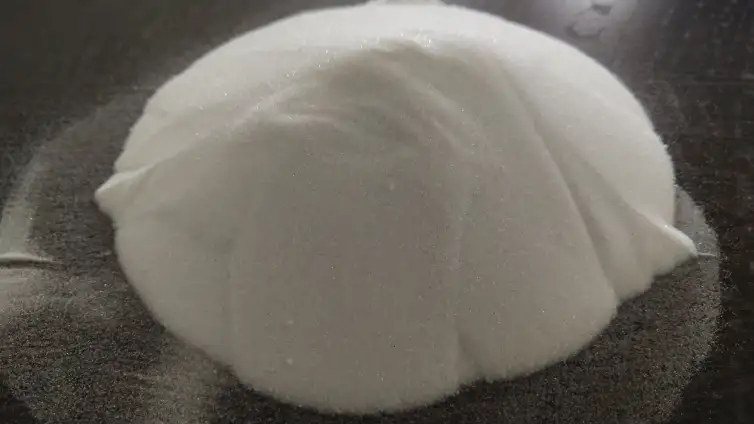Products

*Price Range - Rs 10-100 per/kg
4.0 Star Rating by our Precious Clients



Abrasive blasting by Glass Bead GB 140/270 is a finishing technique that involves pushing an abrasive particle against a substrate to achieve a particular surface finish. Descaling, coating removal, smoothing or roughening of a surface, heat check removal, and a variety of other applications are all possible with this finishing procedure.
Abrasive blasting uses a variety of abrasives like glass bead GB 140/270, each with its own set of qualities that make it best suited for various purposes. Note: The terms sandblasting and abrasive blasting are frequently interchanged. Using silica sand in a traditional dry sandblasting method is not recommended. Though sand has a cheaper initial cost per pound, it takes twice as much glass bead GB 140/270 abrasive to do the same work, and free silica poses a number of health risks.
Glass Beads are available in a variety of shapes and sizes, including 2mm, 3mm, 4mm, 6mm, large, small, big, micro, and are commonly used in blasting machines for shot blasting, glass bead shot peening, road marking, and other applications. We manufacture and supply all types of glass beads and blasting machines throughout India, including Jodhpur, Jaipur, Ahmedabad, Pune, Delhi, Gurgaon, Indore,
| Grade | A |
| Designation | AG |
| U.S Mesh Size | 120-270 |
| Maximum Nominal Diameter | 0.0041 in 106 microns |
| Minimum Nominal Diameter | 0.0021 in 53 microns |
| Minimum Round Percentage | 85% |
The surface conditions of stainless steel are well recognised to influence the material's corrosion behaviour. EN 10088/2 specifies the surface finish of stainless steel sheets, plates, and strips. Glass bead GB 140/270 blasted stainless steel surfaces have become more popular in recent years for a variety of applications, particularly in architecture and machine design (although this surface treatment is not defined in the above mentioned standard).
The optical appearance of a blasted surface vs a rolled or ground surface finish is the fundamental reason for this. The glass bead GB 140/270 blasted surface has a substantially lower reflectivity, and the dull appearance is considered to give the product a "noble" appearance. Corrosion damage to glass-bead blasted items has increased in tandem with the increased use of this surface treatment.
The following three corrosion damage incidents are representative of the most researched damage in our regularly cleaned laboratory over the last few years; it was discovered that ground or rolled sheets in the same swimming hall did not show staining or pitting.
